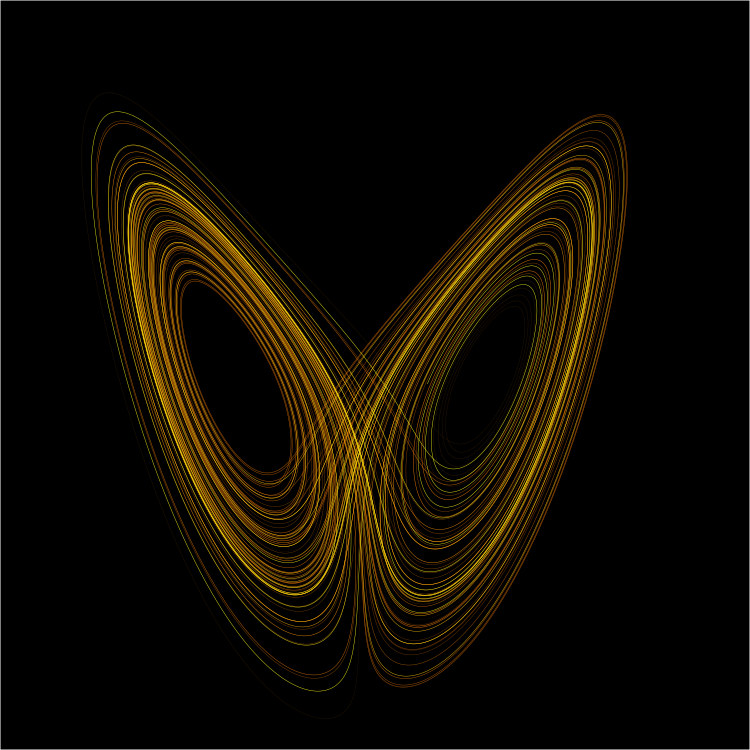Analyzing Training Systems
My experience with systems analysis for the past four weeks has been enlightening. I’ve worked with systems architects when proposing training systems for the Department of Defense, so I’ve been somewhat familiar with the process. However, our readings and our discussions during the class sessions have allowed me to peek under the hood, so to speak, to see how systems engineers deal with complexity in systems. I’ve reviewed system design documents that include multiple “layers” to represent meso- and micro-systems, but I haven’t really understood how those layers were developed and how they were representative of actual systems.
I have to admit that I still have a hard time thinking about my own life and experience from a systems perspective. I reflected on my own systems while I was analyzing the film The Theory of Everything, but while various personal and professional systems were evident, I couldn’t quite wrap my brain around my own inherent and manufactured systems.
I think it is interesting that I have trouble thinking about my own day-to-day interactions as systems. Perhaps it is because I don’t necessarily see complications in my own life. When analyzing training systems, complications seem to be evident. In fact, now that I’ve developed a systegram, and have seen how complex a corporate training system can be, I think I’m beginning to recognize how diverse systems interact, creating the complexity that challenges design and leads to impacts and consequences.
I am looking forward to the next new project I’ll be assigned to. I’m looking forward to taking part in a new project that requires a systems analysis so that I can explore the system architecture and endeavor to comprehend the complexities involved.
As I write this, I guess I’m starting to perceive that the whole purpose of systems analysis is making sense of complexity. It reminds me of a book I read in high school, Chaos Theory, by Gleick. In that book he describes Chaos Theory as an attempt to predict outcomes in complex systems. Perhaps Chaos Theory is a practical, physics-based instance of systems theory. There has to be a connection there. Hmmm….
